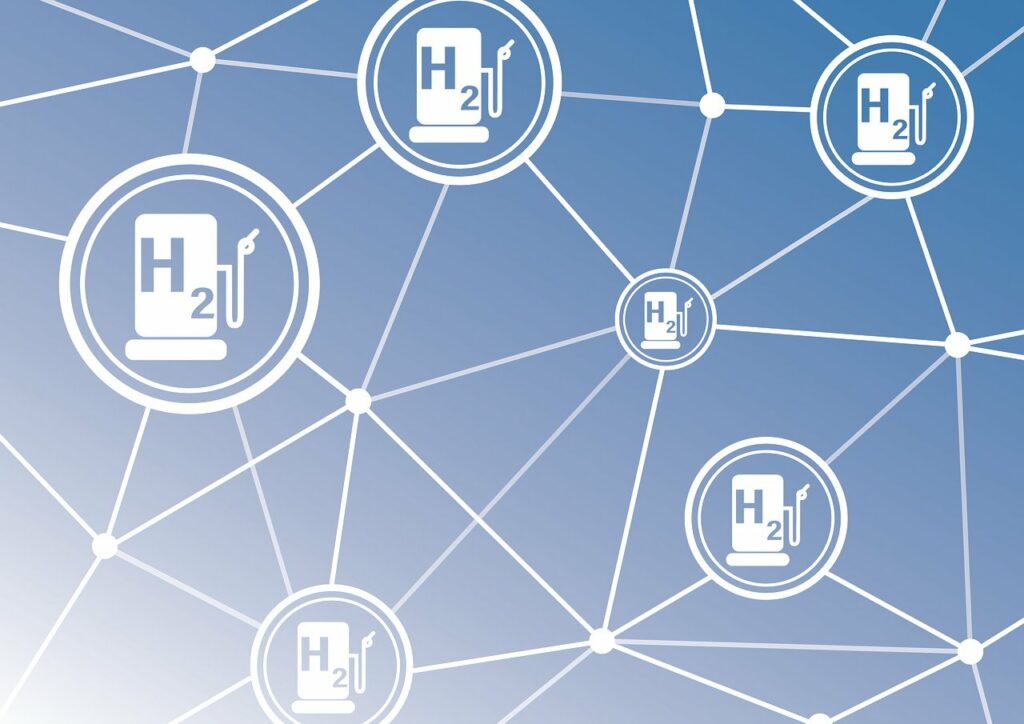The Dutch Government has issued a tender titled “Pressure-reducing, control, check or safety valves – Control Valves hydrogen delivery stations (HDS)” on September 23, 2024.
The submission deadline for this tender is October 30, 2024. This tender is crucial for advancing the hydrogen infrastructure in the Netherlands, aiming to enhance safety and efficiency in hydrogen delivery stations.
The primary objective of this tender is to procure high-quality control valves essential for the operation of hydrogen delivery stations. These valves are critical components that ensure precise control and safety of hydrogen flow, which is vital for both the performance and safety of the stations. By securing advanced control valves, the Dutch Government aims to set a benchmark for hydrogen technology and infrastructure, which can drive future developments and investments in the hydrogen sector.
The tender specifies several key requirements for potential bidders. These include the provision of pressure-reducing valves, control valves, check valves, and safety valves designed specifically for use in hydrogen delivery systems. The valves must comply with stringent safety standards and demonstrate high reliability and durability under various operational conditions. This includes resistance to hydrogen embrittlement, precise operational control, and quick response times.
The significance of these requirements is twofold. First, it ensures that hydrogen delivery stations operate efficiently and safely, minimizing risks associated with hydrogen’s high reactivity. Second, it promotes the adoption of cutting-edge technology in the hydrogen industry, positioning the Netherlands as a leader in hydrogen infrastructure.
For those interested in the technical aspects, the valves must feature advanced materials capable of withstanding hydrogen’s unique properties, such as high diffusivity and small molecular size. This necessitates the use of specialized alloys and coatings that prevent hydrogen penetration and subsequent material degradation. Additionally, the control systems integrated with these valves need to offer precise modulation of hydrogen flow, with fail-safes and redundancies to manage unexpected operational anomalies.
